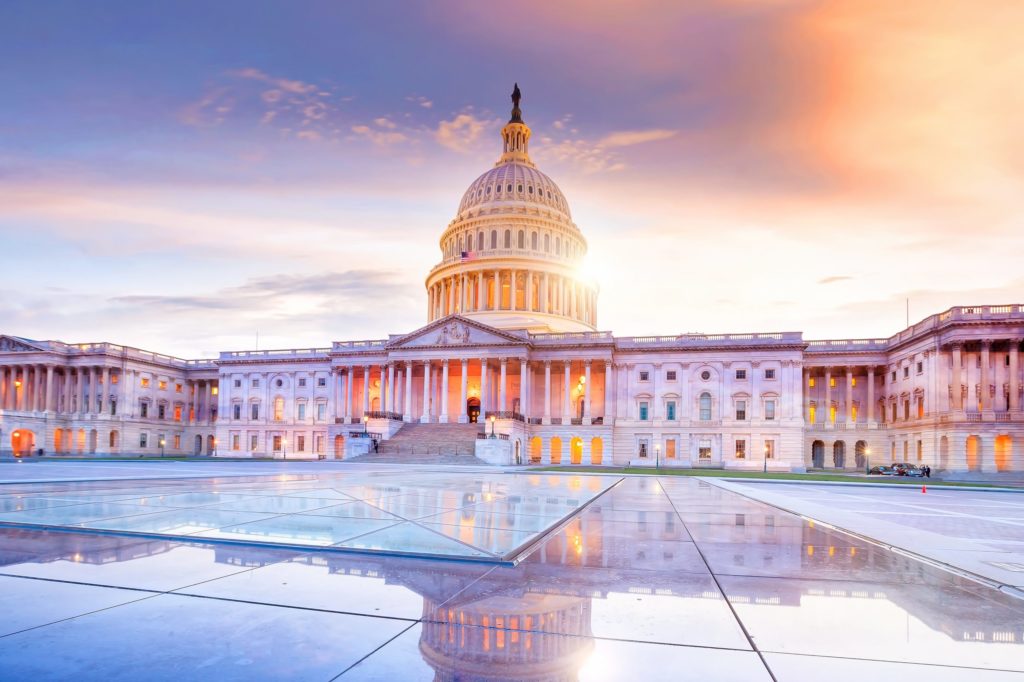Flawed Regulatory System Encourages Bad Behavior By Electric Utilities
In July, Commonwealth Edison (ComEd), a subsidiary of Exelon Corporation, agreed to pay a $200 million fine to avoid prosecution after admitting in court that it directed contracts and jobs to associates of Michael Madigan, the Illinois Speaker of the House of Representatives, in exchange for favorable legislative treatment.
Meanwhile, in Ohio federal prosecutors charged Ohio House of Representative Speaker Larry Householder and several key associates with a racketeering conspiracy, money laundering and bribery, including $61 million in bribes from FirstEnergy to pass a legislative bailout of nuclear power plants, and to help defeat a referendum that would have overturned the bailout legislation.
The Ohio and Illinois examples are extreme. Yet cases of electricity companies using disreputable tactics to manipulate the political process are common. Indeed, such manipulation is often legal under the current system, and sometimes is even paid for via electric customers through the electric companies guaranteed rates of return.
THE REAL SCANDAL IS WHAT’S LEGAL
Entergy Louisiana used paid actors masquerading as concerned residents to offer public comments in support of a new Entergy power plant proposal.
When solar advocates in Florida launched a ballot initiative to protect the rights of solar customers, Florida utilities secretly funded a second deceptive ballot initiative that sounded similar but would have denied competition from third-party solar providers.
In Virginia, Dominion Energy secured a freeze on electric rates and legislative approval for an offshore wind project which the state regulatory body opposed, resulting in utility earnings exceeding their authorized profit margin.
Utilities even use charitable contributions to secure political support. One report found that the philanthropic contributions of 10 leading monopoly utilities exceeded $1 billion from 2013-2017, with a considerable portion going to recipients with “strings attached” to extract political action from their grantees that favor the utilities’ regulatory positions.
Another example: Illinois utilities were recently revealed to have been funneling money to the state’s Citizens Utility Board, a state-created organization meant to advocate on behalf of utility ratepayers. Direct donations to the CUB from utilities are barred, so it was done via non-profit foundations.
ELECTRIC UTILITIES’ PROTECTED MONOPOLY STATUS ENCOURAGES POLITICAL MANIPULATION
This sort of political behavior is a predictable outcome of how electricity is regulated in much of the country. Most states still operate under a monopoly electric model, with a single company or group of affiliated entities providing generation, transmission and distribution exclusively within their territory. Electric utilities in these states are subject to intensive government oversight and must get approval for the electric rates they charge from a state regulator.
When government plays the decisive role in determining companies’ net revenues, companies will orient their business development around favorable political treatment, with the likely result policy developments socialize costs and risk on captive customers or taxpayers. Situations where a regulated organization comes to control effectively or manipulate their own regulators is called “regulatory capture.” In addition to money, electric companies can use their control over information about electricity use and the electrical system, as well as their technical expertise, to manipulate regulators in their favor.
Even states that have partially or fully restructured their electric systems to allow for competition can be vulnerable to this form of rent seeking. For example, restructured states typically still maintain a monopoly model for the distribution system, and with the exception of Texas, all restructured states still allow this monopoly utility to be the default provider of electric service. States may also allow a single parent company to own both a monopoly utility and competitive generation.
If a single parent company is able to operate in both the monopoly and competitive sectors, the parent company can leverage its distribution monopoly holding to benefit its competitive generation holding, either by securing regulatory subsidies or by harnessing the lobbying advantage held by incumbent utilities relative to new companies. It is easy for states to get into a vicious cycle, where government subsidies to an industry create powerful interest groups which advocate still greater subsidies for itself. The social costs of increasing the propensity for and consequences of rent-seeking behavior—a so-called “subsidy culture” must be taken into account when setting electric policy.
PREVENTING RENT-SEEKING BEHAVIOR BY UTILITIES REQUIRES REGULATORY CHANGES
To minimize the risk of rent seeking, policymakers and regulators should prioritize the following:
Restructure properly: isolate monopolies to distribution services only. As regulated states recognize that power generation is not a natural monopoly, they should prioritize thorough generation divestiture and remove the distribution utility from providing default retail service. Quasi-restructured states need to finish the job.
Regulate distribution monopolies properly. State statutes should clarify that regulators should seek to facilitate competition wherever possible and contain monopoly creep. Regulators should improve the transparency of distribution system planning and operations and lay the groundwork for an emerging distribution-level market that fosters distributed resource integration.
Knowledge is power. Improving the quality of information available to industry stakeholders and policymakers can also help overcome the lobbying asymmetry and deters rent-seeking in every institutional arrangement, including a fully restructured one.
Remain disciplined. Routinize legislative and regulatory reports with the objective of enhancing market information rather than second-guessing competitive forces.









